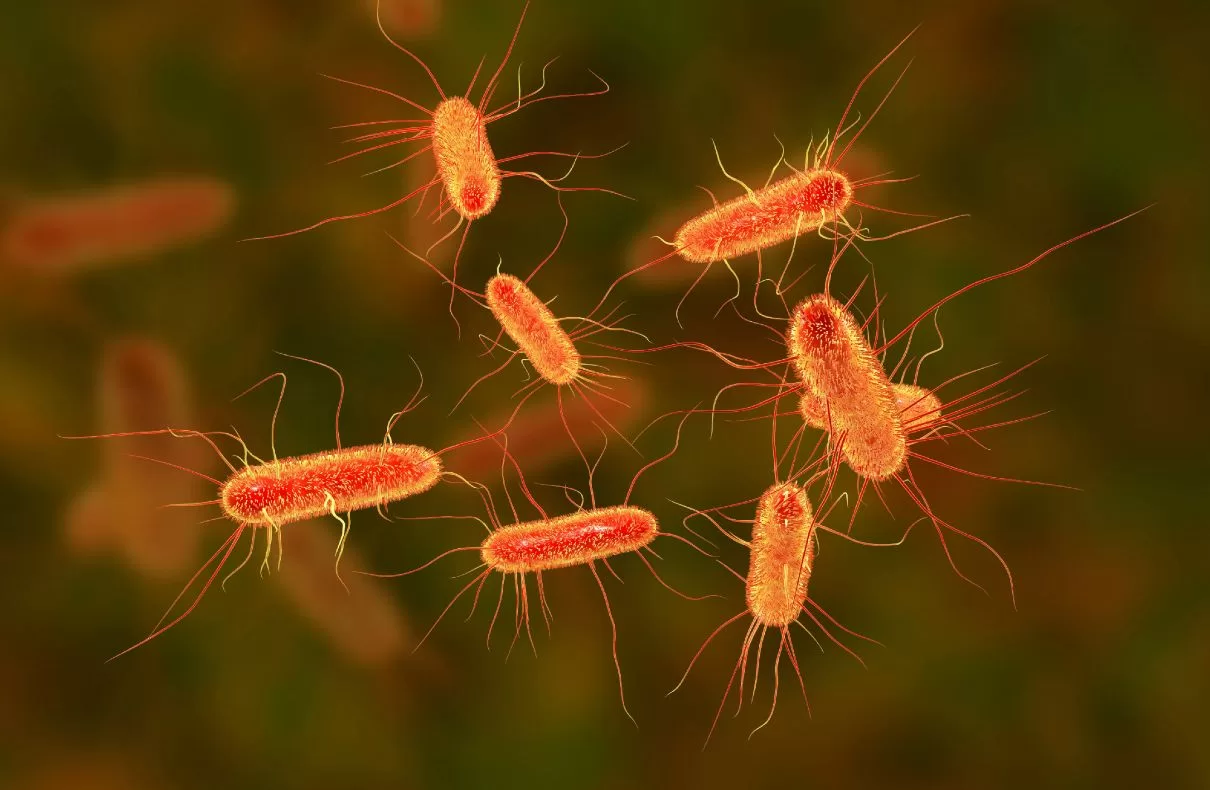A recent study led by researchers at the University of Texas at Austin found that E. coli bacteria can store memories and pass them on to future generations.
The bacteria use iron levels to store information about their environment and behaviors. This information can be activated in response to specific stimuli and passed down to subsequent generations.
The study suggests that E. coli respond to their environment based on past experience. This “memory” drives their decision-making and is passed on to future generations. The bacteria can “remember” past experiences for several hours and generations thereafter.
The bacteria memories are limited to certain factors, such as iron levels. The “iron” memory endured for at least four generations, representing a unique form of behavioral conditioning.
Researchers at the University of Texas and the University of Delaware have now uncovered a potential memory system that allows E. coli to ‘remember’ past experiences for several hours and generations thereafter.
The team says that, to their knowledge, this kind of bacterial memory has not been unearthed before. Obviously, the memory that scientists are discussing in this case is not the same as conscious human memory.
The phenomenon of bacterial memory instead describes how information from past experiences influences current decision-making.
“Bacteria don’t have brains, but they can gather information from their environment, and if they have encountered that environment frequently, they can store that information and quickly access it later for their benefit,” explains lead researcher molecular bioscientist Souvik Bhattacharyya from UT.
Bhattacharyya and their team’s findings are based on strong associations from more than 10,000 bacterial ‘swarming’ assays.
These experiments were testing to see if E. coli cells on a single plate would swarm together into one migrating mass that moves with the same motor. Such behavior generally indicates that cells are joining up to efficiently search for a suitable environment.
On the other hand, when E. coli cells clump together into a sticky biofilm, it’s their way of colonizing a nutritious surface.
In initial experiments, researchers exposed E. coli cells to several different environmental factors to see which conditions triggered swarming the fastest.
Ultimately, the team found that intracellular iron was the strongest predictor of whether the bacteria moved or stayed.
Low levels of iron were associated with faster and more efficient swarming, whereas higher levels led to a more settled lifestyle.
A single E. coli cell can double within half an hour, so the ability to pass on such a memory to daughter cells is probably also beneficial in slow-changing environments.
“Before there was oxygen in the Earth’s atmosphere, early cellular life was utilizing iron for a lot of cellular processes,” says Bhattacharyya.
“Iron is not only critical in the origin of life on Earth, but also in the evolution of life. It makes sense that cells would utilize it in this way.”
“Ultimately,” Bhattacharyya concludes, “the more we know about bacterial behavior, the easier it is to combat them.”


